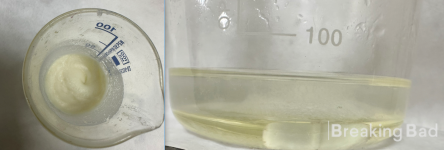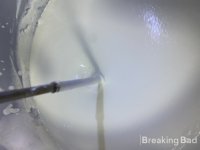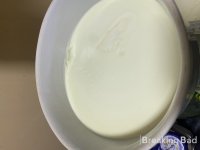- Joined
- Jan 13, 2023
- Messages
- 22
- Reaction score
- 2
- Points
- 3
Is there any way to clean such powder of different colours (blue, red) afterwards? Rinsing with cold or boiling in hot acetone will not help.
- Language
- 🇺🇸
- Joined
- Sep 20, 2023
- Messages
- 181
- Reaction score
- 85
- Points
- 28



